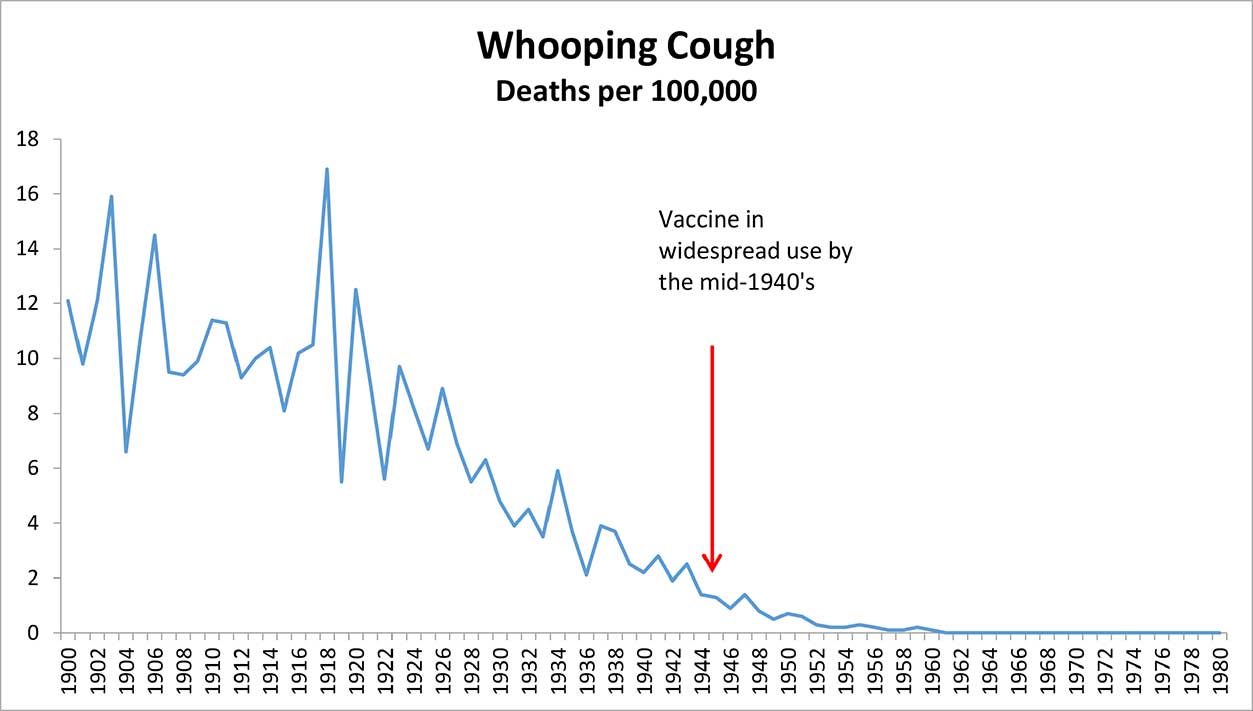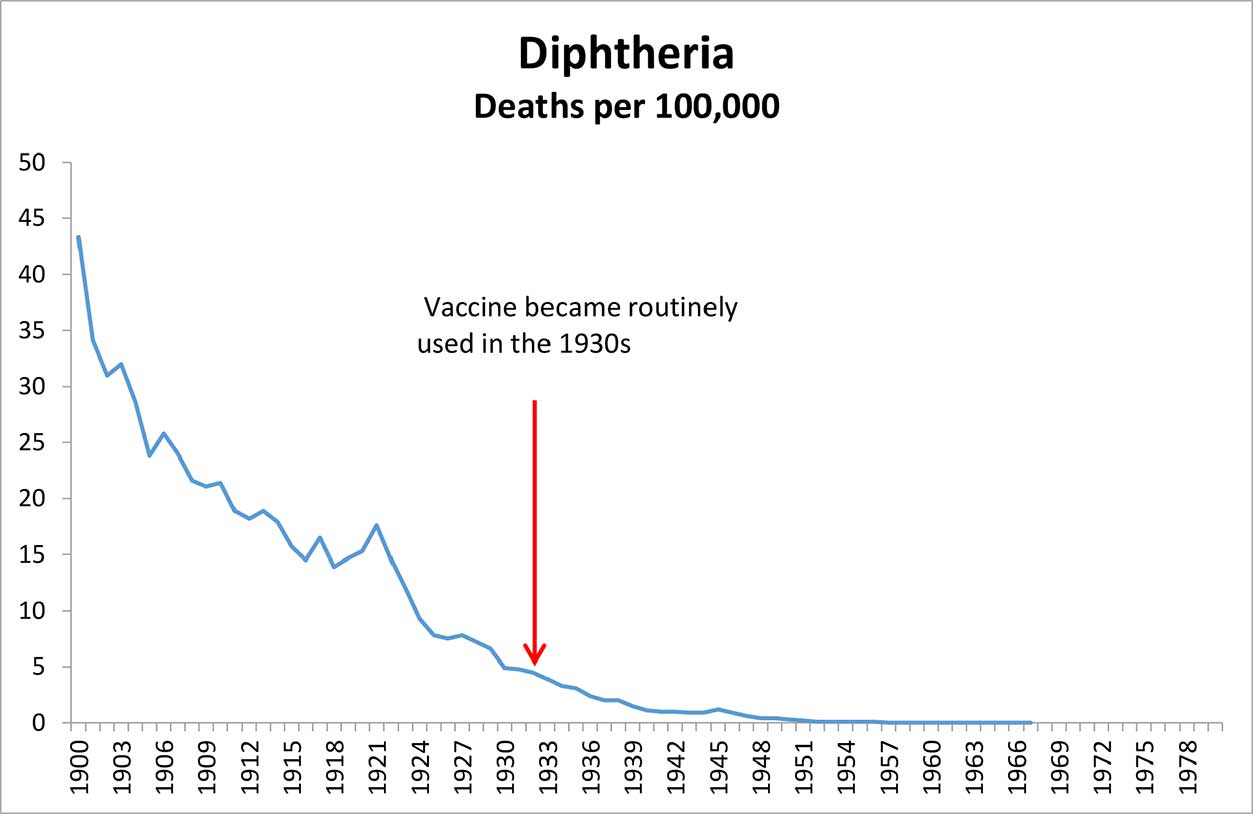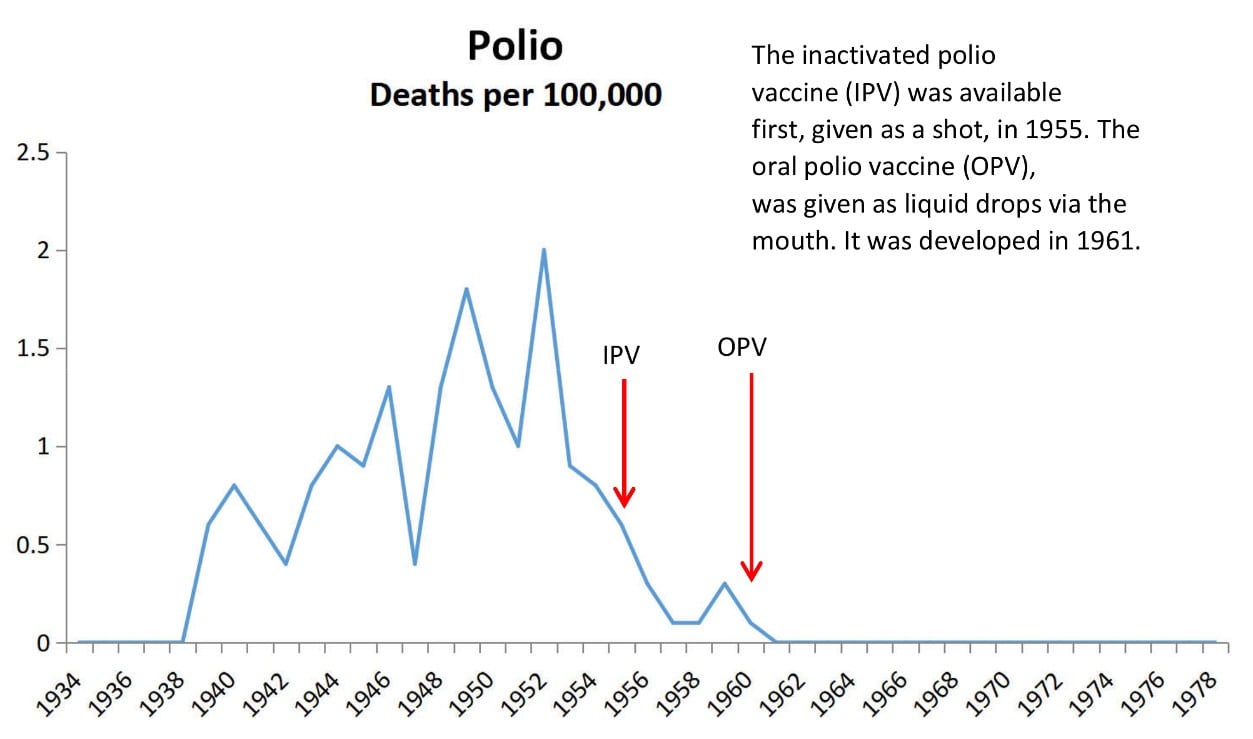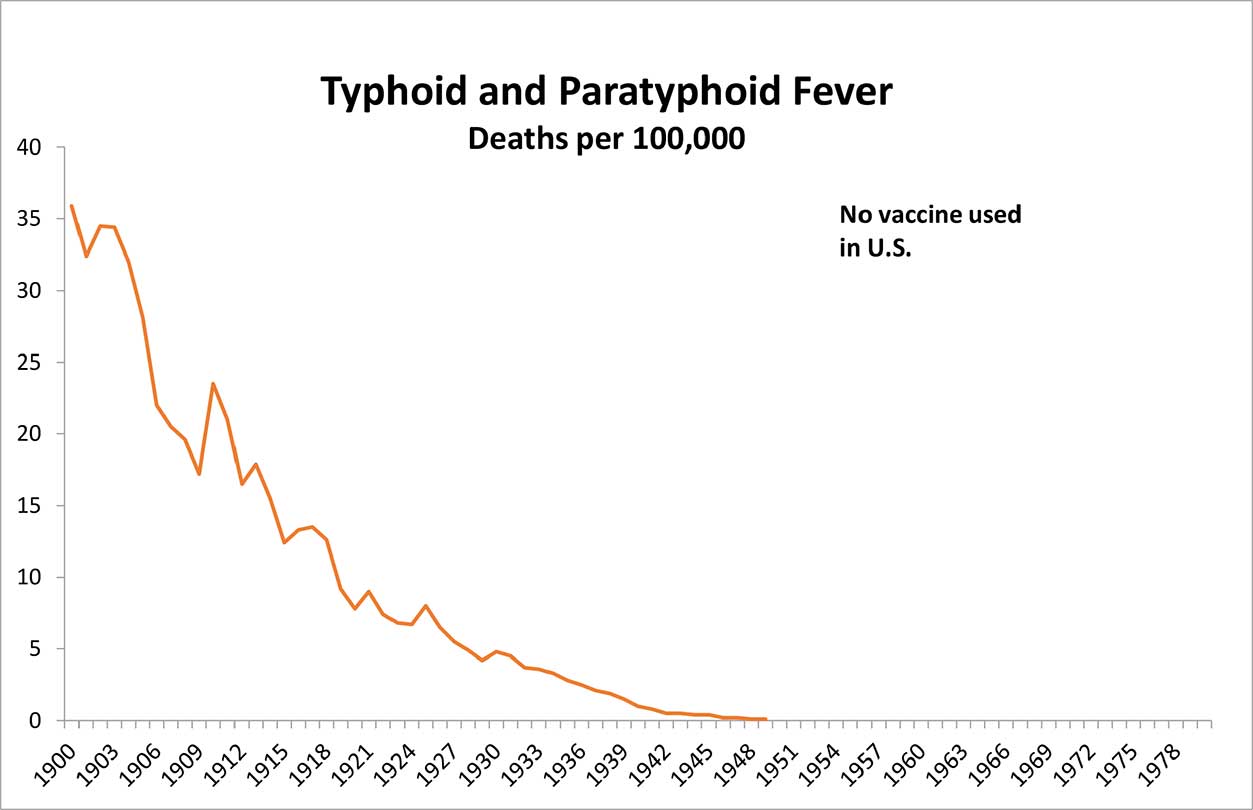Yes, vaccines do cause autoimmune diseases. It’s no secret. The government has known this for decades and has even published books and reports about it.
Government Scientists Have Known This for Decades – Arthritis Example
In 1991, the government’s own Institute of Medicine released a report entitled “Adverse Effects of Pertussis and Rubella Vaccines”. In that report, the committee stated that the evidence indicates a causal relation between the rubella vaccine and acute and chronic arthritis in adult women. They said:
“The evidence indicates a causal relation between the currently used rubella vaccine strain (RA 27/3) and acute arthritis. Incidence rates are estimated to average 13 to 15 percent among adult women following RA 27/3 immunization with much lower levels noted among children, adolescents, and adult men.”
There are many types of arthritis and some are considered an autoimmune disease. These include:
- Rheumatoid Arthritis
- Lupus
- Juvenile Arthritis
- Ankylosing Spondylitis
- Psoriatic Arthritis
- Scleroderma
- Sjogren’s Syndrome
- Antiphospholipid Syndrome (APS)
The authors did not discuss the types of arthritis in their study. The government researchers simply lumped everyone into “acute” and “chronic” arthritis. These are categories that are seldom used alone anymore. They concluded that both types could be caused by vaccines.
Government Scientists Have Known This for Decades – Guillain-Barré Example
Two years later, in September 1993, the Institute of Medicine released another report entitled “Adverse Events Associated With Childhood Vaccines: Evidence Bearing on Causality.” These scientists wrote:
“The evidence favors a causal relation between tetanus toxoid and GBS. If the evidence favors a causal relation between tetanus toxoid and GBS, then in the committee’s judgment the evidence favors a causal relation between vaccines containing tetanus toxoid (DT and Td) and GBS.”
GBS is Guillain-Barré syndrome. The government scientists are saying that vaccines that contain tetanus can cause Guillain-Barré syndrome. These vaccines include DPT.
Guillain-Barré syndrome is an autoimmune disease in which the body’s immune system attacks the body’s nerves. Weakness and tingling in the extremities are usually the first symptoms. These sensations quickly spread, eventually paralyzing the person. The rate of Guillain-Barré syndrome has almost doubled in 34 years. Is this just a coincidence?
That same 1993 report found that “The evidence favors acceptance of a causal relation between OPV and GBS.” OPV is oral polio vaccine.
The Report Summary
The results of this report were summarized in the Journal of the American Medical Association (JAMA):
“The committee found that the evidence favored acceptance of a causal relation between diphtheria and tetanus toxoids and Guillain-Barré syndrome and brachial neuritis, between measles vaccine and anaphylaxis, between oral polio vaccine and Guillain-Barré syndrome, and between unconjugated Hib vaccine and susceptibility to Hib disease. The committee found that the evidence established causality between diphtheria and tetanus toxoids and anaphylaxis, between measles vaccine and death from measles vaccine-strain viral infection, between measles-mumps-rubella vaccine and thrombocytopenia and anaphylaxis, between oral polio vaccine and poliomyelitis and death from polio vaccine-strain viral infection, and between hepatitis B vaccine and anaphylaxis.”
Italian Study Finds More Autoimmune-Vaccine Connections
A study from Italy looked at autoimmune diseases reported after vaccination. The table below summarizes some of the studies they reviewed that demonstrate a potential relationship between vaccination and other autoimmune diseases. The researchers said,
“Molecular mimicry and bystander activation are reported as possible mechanisms by which vaccines can cause autoimmune reactions.”

Skyrocketing Rates of Some Autoimmune Diseases
Here are the rates of some auto-immune diseases. The data is often difficult to obtain. When we reached out the CDC we were told there is no comprehensive database tracking the increasing rates of the various autoimmune diseases. Strange.
Type 1 Diabetes
There was a 21% increase in people diagnosed with Type 1 diabetes between 2001 and 2009 under the age of 20.
See the data from these studies:
Prevalence and incidence trends for diagnosed diabetes…
Increasing incidence of type 1 diabetes…
Incidence Trends of Type 1 and Type 2 Diabetes among Youths…
Rates of new diagnosed cases of type 1 and type 2 diabetes on the rise among children, teens
Systematic Lupus Erythematosus
1988-1994: 53.6/100,000 people per year
2003-2008: 102.9/100,000 people per year
Rate has nearly doubled in one generation.
See the data from these studies:
Epidemiology of Systemic Lupus Erythematosus: an update
Systemic Lupus Erythematosus (SLE) Prevalence
Multiple Sclerosis
1975: 123,000 cases
2017: over 850,000 cases
See the data from these studies:
Multiple sclerosis prevalence in the United States
The incidence and prevalence of reported multiple sclerosis
The prevalence of MS in the United States
Crohn’s Disease
1991: ~140/100,000 people per year
2008-2009: 235.6/100,000 people per year
Almost a 70% increase in one generation.
See the data from these studies:
Recent trends in the prevalence of Crohn’s disease and ulcerative colitis
Incidence and Prevalence of Crohn’s Disease and Ulcerative Colitis…
Guillain-Barre Syndrome
1973: 1.6/100,000 people per year
2007: 2.9/100,000 people per year
Almost doubled in 34 years.
See the data from these studies:
The epidemiology of Guillain-Barré Syndrome in U.S….
The epidemiology of Guillain-Barré syndrome
Guillain-Barré Syndrome Incidence in a Large United States Cohort (2000–2009)
Sarcoidosis
1967-1987: 4.8/100,000 people per year
2010: 8.4/100,000 people per year
2012: 8.8/100,000 people per year
Almost doubled in 45 years.
See the data from these studies:
Sarcoidosis in America. Analysis Based on Health Care Use
50 Million Americans Have an Autoimmune Disease
The American Autoimmune Related Diseases Association (AARDA) estimates that 50 million Americans have one or more autoimmune disease.
Scientists Believe That Environmental Factors Like Infections and Chemicals are Mainly Responsible for the Rise in Autoimmune Disease Rates
The following is from the Foreword to book the The Autoimmune Epidemic by Douglas Kerr, M.D., Ph.D. (emphasis added)
“Future research is unlikely to define a single cause for autoimmunity, but rather varied triggers that include environmental exposures and infectious agents interacting in complex ways with an individual’s immune system. This research will, in all likelihood, clearly establish the link between these exposures and autoimmunity and will begin to define how these exposures cause autoimmunity.
“There is almost universal agreement among scientists and physicians that the environmental toxins and chemicals to which we are increasingly exposed are interfering with the immune system’s ability to distinguish self from non-self. Most of the risk of autoimmunity comes from environmental exposures rather than from genetic susceptibilities. So, have those environmental exposures changed over time? The answer is clearly yes. One example of this comes from a 2003 study in which blood and urine samples from Americans were tested for 210 substances, including industrial compounds, pollutants, PCBs, insecticides, dioxins, mercury, cadmium and benzene. The volunteers, none of whom had any occupational or residential risks for such exposure, had detectable levels of 91 of these. In other words, these are ordinary people with ordinary lives who have numerous toxins in their body from ordinary exposure. In a 2005 study, researchers found 287 industrial chemicals, including pesticides, phthalates, dioxins, flame-retardants, and the breakdown chemicals of Teflon, in the fetal cord blood of ten newborn infants from around the country—transmitted to the infants by their mothers’ exposures before and during pregnancy.
We are facing both an increasing prevalence of autoimmunity and an increasing exposure to environmental toxins. Is it clear that the increased exposure of environmental toxins is causing the increase in autoimmunity? Several lines of evidence suggest that this jury, too, has issued the verdict — “guilty.”
Note: Mercury is in some vaccines.
Johns Hopkins Website Says
This is from “Autoimmune Disease: Why Is My Immune System Attacking Itself?” published on the the Johns Hopkins University website. (emphasis added)
“When the body senses danger from a virus or infection, the immune system kicks into gear and attacks it. This is called an immune response. Sometimes, healthy cells and tissues are caught up in this response, resulting in autoimmune disease.”
Note: Vaccines are designed to create an immune response.
This is from Theories of Causality: the Role of Infections published on the Johns Hopkins Medicine website
“Many of the theories about the causes of autoimmune diseases invoke a preceding infection (such as a viral infection) as the initiating factor.”
Note: Vaccines are designed to cause an attenuated infection to evoke an immune response.






